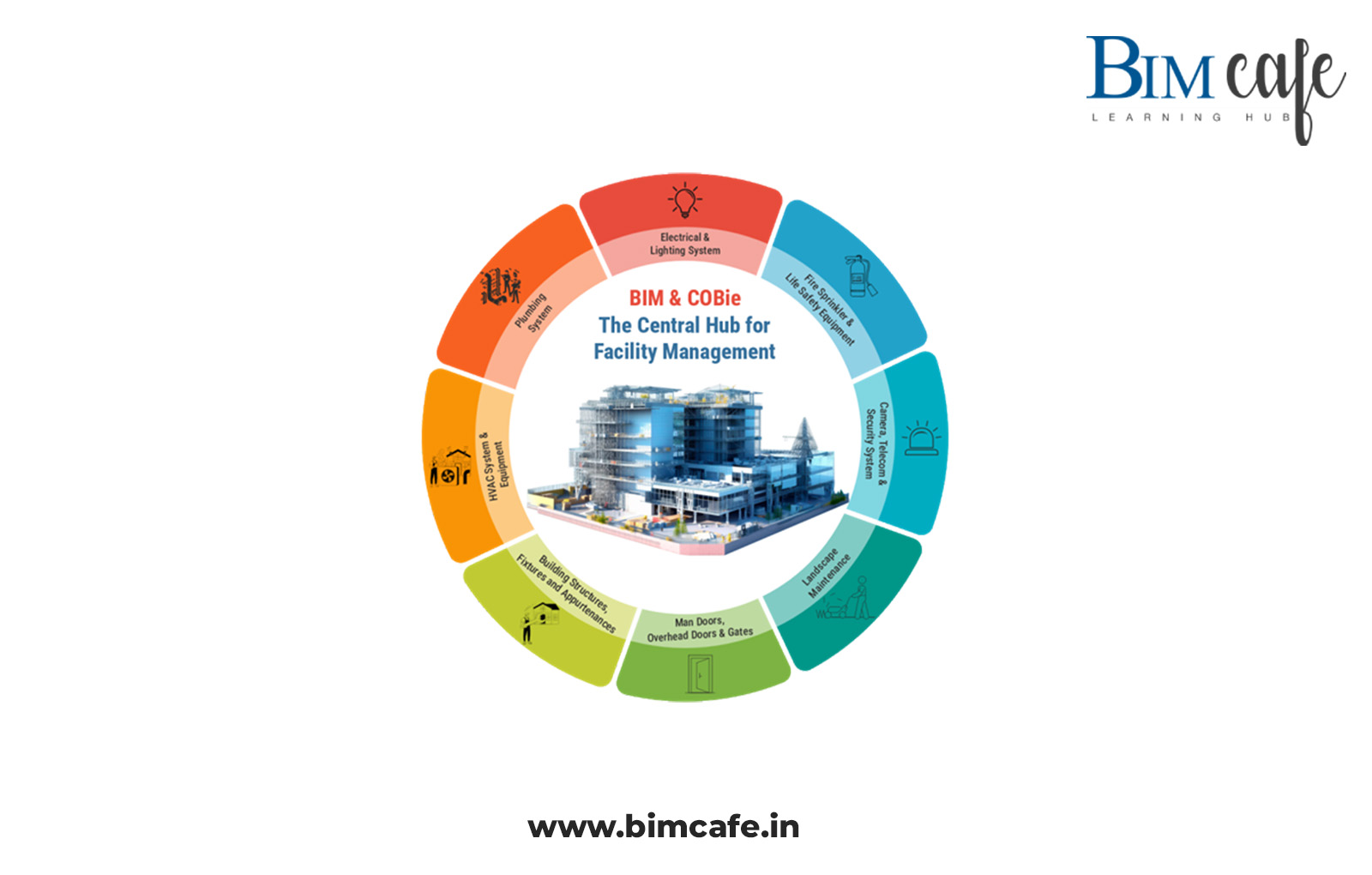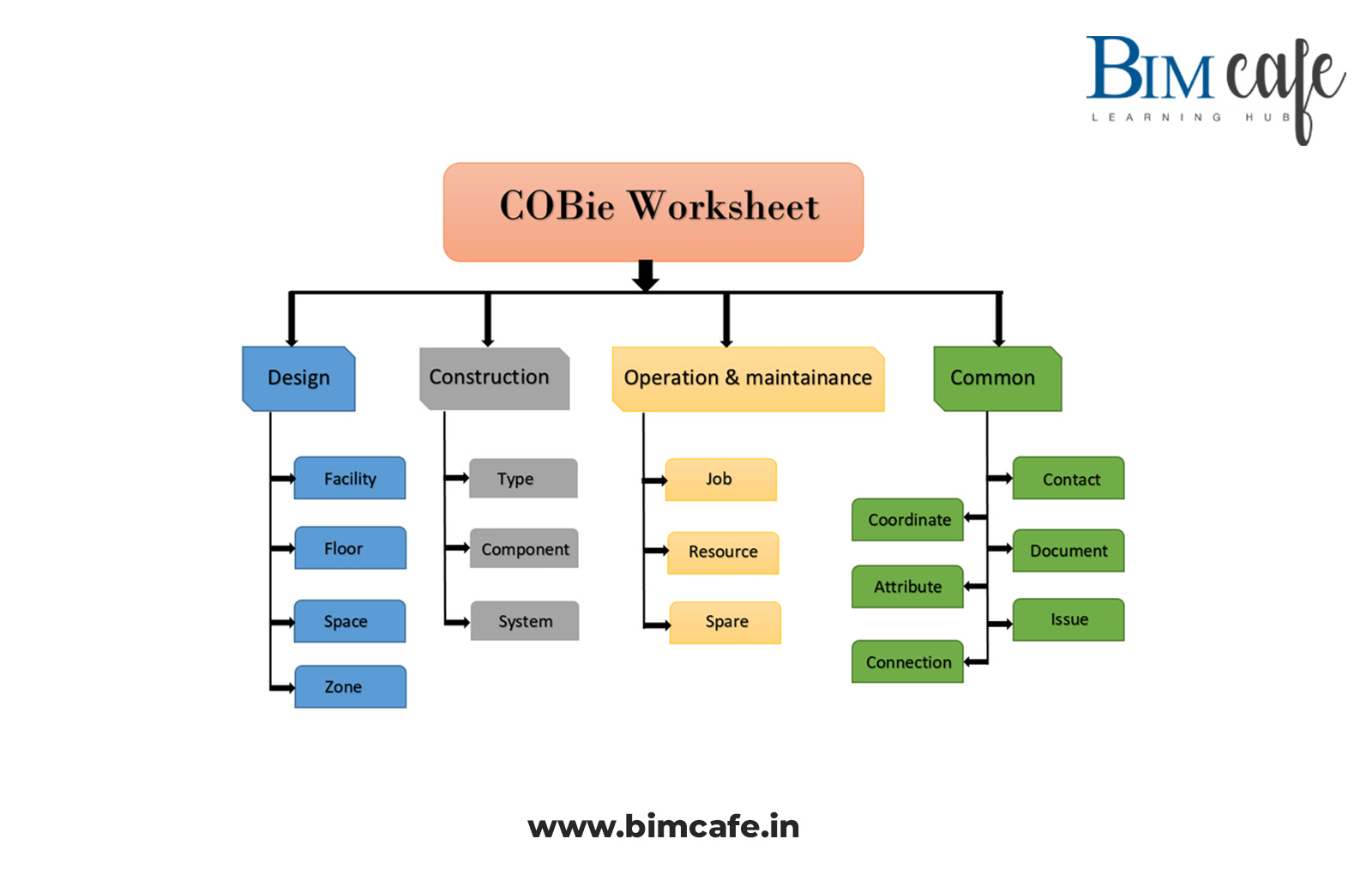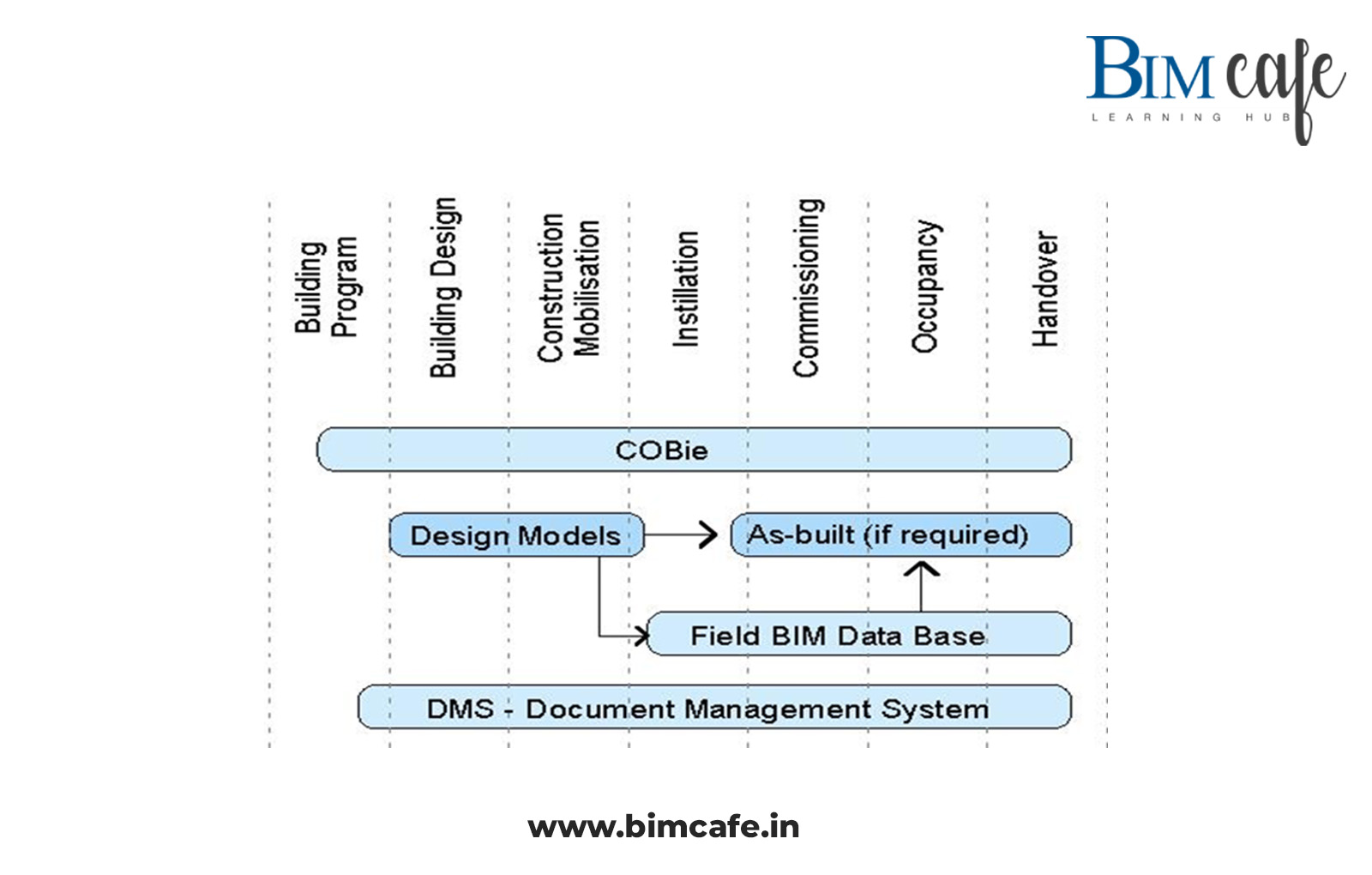
Author: Devika R
5 February 2025
4 Min Read
Imagine a world where building information isn't trapped in silos – scattered across spreadsheets, drawings, and disconnected databases. This fragmented approach leads to costly errors, delays, and inefficient operations throughout a building's lifecycle.
COBie (Construction-Operations Building information exchange), is a revolutionary standardized format that acts as a bridge between the digital world of Building Information Modeling (BIM) and the physical reality of constructed buildings.
What is COBie in Building Information Modeling?
Think of COBie as a universal language for building data. It provides a structured framework for exchanging critical asset information, including:
- Equipment details : Manufacturer, model number, serial number, warranty information
- Maintenance schedules : Preventative maintenance tasks, spare parts, contact information
- Space allocations : Room numbers, occupant information, floor plans
- System information : HVAC, electrical, plumbing, fire protection systems
COBie empowers stakeholders across the entire building lifecycle, from design and construction to operations and maintenance.

Key Benefits of Embracing COBie in Construction Projects
- Enhanced Collaboration : Seamless data sharing between architects, engineers, contractors, and facility managers fosters better communication and reduces misunderstandings.
- Reduced Errors and Rework : Minimized errors and inconsistencies in asset data translate to improved project quality, reduced rework, and significant cost savings.
- Increased Efficiency : Streamlined workflows, faster decision-making, and reduced manual data entry led to increased efficiency and productivity.
- Improved Lifecycle Management : Provides a solid foundation for effective facility management, maintenance, and long-term operations, ensuring the building operates smoothly and efficiently.
- Data-Driven Decisions : Enables data-driven decision-making throughout the building's lifecycle, from optimizing design choices to predicting equipment failures and improving occupant comfort.
- Reduced Costs : Minimized errors, improved efficiency, and optimized operations all contribute to significant cost savings over the building's lifetime.
COBie Workflow and Worksheet Patterns
The COBie workflow follows a structured approach to ensure accurate, efficient data management throughout a building’s lifecycle. It involves collecting, extracting, structuring, validating, and exchanging data in a standardized format, making it easily accessible for facility managers and stakeholders. By organizing information into key worksheet patterns—such as space, equipment, systems, and documents—COBie enhances collaboration and streamlines operations, ensuring seamless building management.
A typical COBie workflow involves the following steps:
- Data Collection :BIM models are enriched with detailed asset information during the design phase.
- Data Extraction : COBie tools extract relevant data from BIM models and other sources.
- Data Structuring : The extracted data is organized into standardized COBie worksheets.
- Data Validation :The data is checked for accuracy and completeness.
- Data Exchange :COBie data is exchanged between stakeholders in a standardized format (e.g., spreadsheets, IFC files).
- Data Utilization :Facility managers and other stakeholders utilize the COBie data for operations, maintenance, and long-term asset management.
Common COBie worksheet patterns include:
- Space : Details about rooms, areas, and their uses.
- Equipment : Information about building systems and equipment, including manufacturers, models, and maintenance schedules.
- Systems : Data on building systems such as HVAC, electrical, and plumbing.
- Documents : Links to relevant project documents, drawings, and manuals.

The Role of COBie in Real-World Construction Projects
Imagine a hospital. With COBie, maintenance teams can:
- Quickly access critical information about medical equipment, such as MRI machines or ventilators.
- Proactively schedule preventative maintenance to minimize downtime and ensure patient safety.
- Track equipment performance and identify potential issues before they become critical.
- Improve resource allocation by understanding equipment utilization and optimizing maintenance schedules.

COBie Updates and the Future of Building Data
- Integration with Digital Twins : COBie is increasingly integrated with digital twins, creating dynamic, real-time representations of buildings. This enables predictive maintenance, improved energy efficiency, and enhanced occupant experiences.
- AI and Machine Learning : AI and machine learning algorithms are being applied to COBie data to optimize maintenance schedules, predict equipment failures, and improve building performance.
- Industry Standards : COBie aligns with international standards like ISO 19650 and BS 1192, ensuring interoperability and consistency across the industry.
The Role of COBie in the Future of Construction and Facility Management
As buildings become increasingly intelligent and connected, the role of COBie will only grow. COBie will play a crucial role in creating more sustainable, resilient, and efficient buildings by providing a robust foundation for data-driven decision-making. In this future, buildings are not just structures, but intelligent and responsive ecosystems.
Ready to embrace COBie and unlock the full potential of your building data?
Start by exploring COBie resources, implementing data exchange protocols, and training your team on its benefits. The future of building information management is here, and COBie is leading the way. Consider exploring the BIM Cafe Learning Hub for in-depth learning and practical guidance on COBie.



